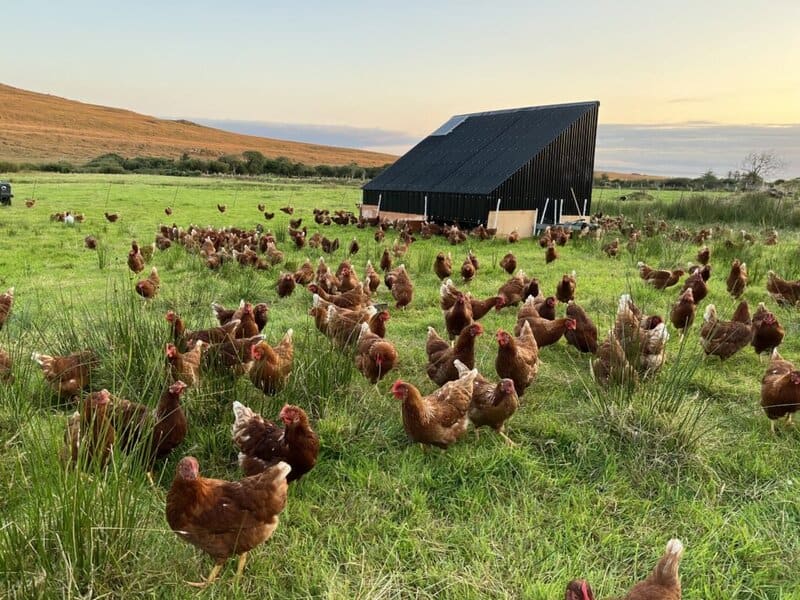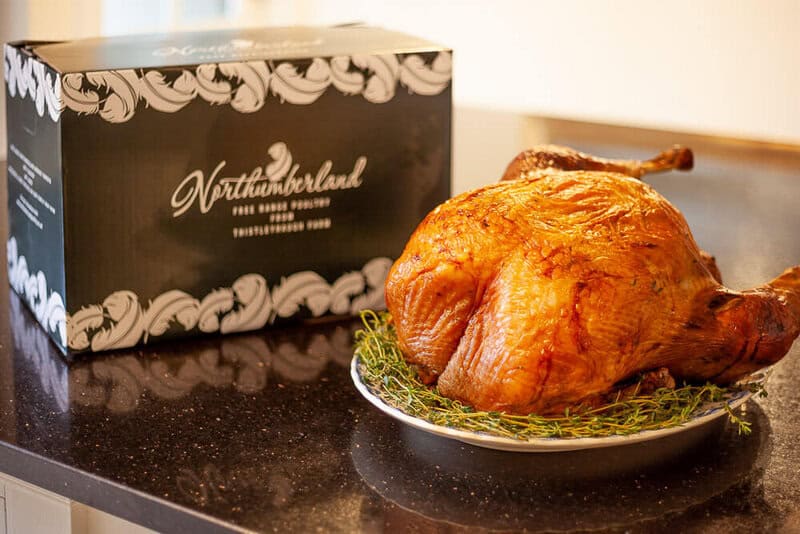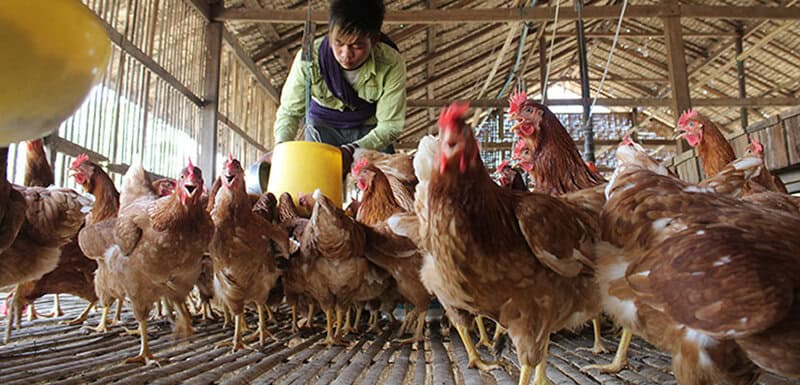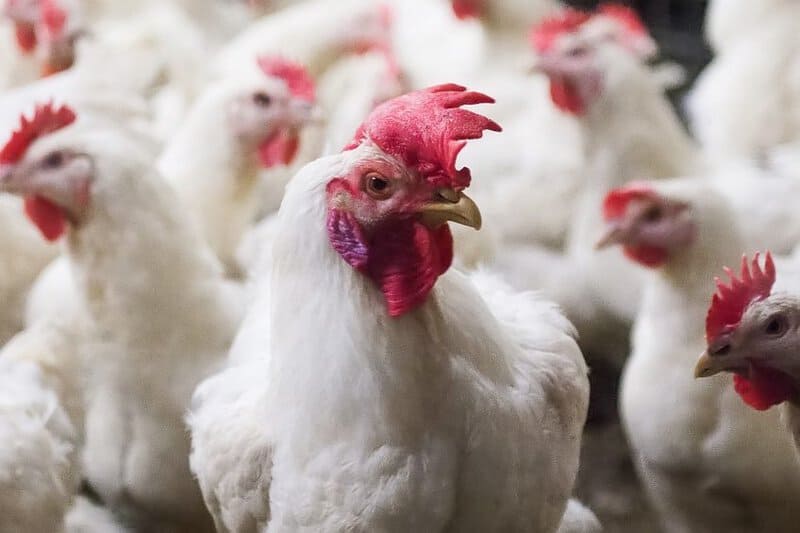If you’ve ever joked that chickens are taking over the world, you might be onto something. In some places, they already have. Across farms, islands, and rural communities, there are spots where chickens don’t just cross the road—they outnumber the people by shocking margins. Whether it’s small towns with backyard coops or major agricultural centers producing millions of birds, these places prove that chickens are more than just livestock. In many cases, they are a way of life. From the American South to remote corners of the globe, we’ve rounded up 21 places where the chicken population leaves the human count in the dust.
Delaware, USA

Delaware may be the second smallest U.S. state by area, but it’s a giant in chicken farming. With a population of under 1 million people, Delaware houses over 300 million chickens annually. The Delmarva Peninsula is a poultry production powerhouse, especially for broiler chickens. Major chicken companies like Perdue and Mountaire operate extensively here. The mild climate and flat terrain make it ideal for large-scale chicken farming. Chickens here are raised primarily for meat rather than eggs. The chicken-to-human ratio is over 300 to 1 at any given point in the production cycle.
Benton County, Arkansas

Benton County is in the heart of Arkansas’ poultry belt and is home to the headquarters of Tyson Foods. Despite having about 300,000 residents, the county supports millions of chickens each year. Poultry farming is the top agricultural activity in the area. Tyson processes around 40 million chickens per week nationwide, and many of those come from this region. The local economy is deeply tied to the chicken industry. Chickens are a common sight on farms and even in backyards. The chicken population often surpasses the human population by at least 10 to 1.
Lamu County, Kenya

Lamu County, located on Kenya’s coast, has a human population of around 140,000—but the number of chickens is estimated at over 300,000. Chickens are a vital part of the local subsistence economy. Many households raise them for eggs, meat, and income generation. Local breeds are hardy and well adapted to the coastal climate. The poultry industry is largely informal, relying on free-range methods. Disease outbreaks occasionally affect the flock size but recovery is usually quick. The chicken population generally exceeds the human count more than twofold.
Jersey (Channel Islands)

Jersey, a small island in the English Channel, has a population of about 100,000 and significantly more chickens. Small-scale poultry farming and backyard coops are common due to the island’s agricultural traditions. Eggs and meat are often sold at local markets, keeping the chicken population stable and high. With limited space, vertical and rotational farming techniques help maximize output. Most residents support local agriculture, contributing to the demand for homegrown poultry. The mild climate allows chickens to thrive year-round. Estimates suggest chickens outnumber people by at least 3 to 1.
Bresse, France

Bresse is famous for its prized breed of chicken, the Bresse Gauloise, often regarded as the finest chicken in the world. The region’s population is under 100,000, while chickens raised here number in the millions annually. Strict quality standards ensure that each chicken has ample space and a special diet. These birds fetch high prices due to their taste and texture. The chicken industry is a major economic driver in this part of France. Local festivals even celebrate the poultry heritage. Chickens clearly rule the roost in Bresse.
Mitchell County, Georgia

Located in the southeastern U.S., Mitchell County is home to around 22,000 people and millions of chickens. The region’s warm climate and flat terrain make it ideal for poultry farms. Companies like Pilgrim’s Pride operate large facilities here. The economy revolves heavily around broiler chicken production. Chicken trucks are a common sight on local highways. Many residents are employed in poultry processing plants. Chickens in the county outnumber people by over 100 to 1.
Bangladesh (Rural Villages)

While the country as a whole has a high human population, rural Bangladeshi villages often have more chickens than people. Chickens roam freely in most villages and are an essential part of daily life. They provide eggs, meat, and income for small-scale farmers. With many households owning 10 to 20 birds, it adds up quickly. Disease-resistant native breeds dominate the rural landscape. Chickens often live side-by-side with humans, even indoors at night. In some villages, chicken numbers exceed the human count by a factor of 5 or more.
Dingle Peninsula, Ireland

The scenic Dingle Peninsula is known for its agriculture and low population density. With only about 10,000 residents scattered across the peninsula, chicken farming is widespread. Most farms are small and family-run. Free-range eggs are a local specialty and in high demand. Chickens are also used for pest control and organic composting. The cool climate suits hardy breeds that thrive outdoors. Chickens outnumber people roughly 4 to 1 in this region.
Northumberland, England

This rural county in northeast England has more chickens than people in many of its farming communities. With around 300,000 people county-wide, the chicken population is estimated in the millions. Broiler farms dominate the local economy. Large-scale poultry production facilities are found across the countryside. Chickens are raised both for domestic consumption and export. The low human density allows for expansive farms. In some towns, chickens can outnumber people 10 to 1 or more.
Franklin County, Alabama

This small rural county has a population of around 30,000 but produces millions of chickens annually. Poultry farming is one of the main industries. Broiler chickens are the most commonly raised variety. The area’s infrastructure is built to support the poultry supply chain. Farm tours and poultry festivals showcase the region’s pride in its chicken heritage. Many households also keep backyard hens for eggs. The chicken-to-human ratio can exceed 50 to 1.
The Faroe Islands

The Faroe Islands, located between Norway and Iceland, have a population of about 54,000—and chickens comfortably outnumber them. Due to the islands’ isolation, chickens are a critical food source. Most farms are small but intensive. Chickens are raised primarily for eggs, which are a dietary staple. The hardy breeds here are well-suited to cold and windy conditions. Locals value self-sufficiency, leading to higher poultry ownership per household. Estimates suggest the chicken population exceeds the human one by 2 to 1 or more.
Holland, Michigan (Ottawa County)

This area of Michigan has long been associated with agriculture, especially poultry. Ottawa County has about 300,000 people, but its chicken population is multiple times that. Egg-laying operations dominate the industry here. Automation and innovation in egg farming have made high output possible. Large-scale farms supply eggs to much of the Midwest. The area also supports poultry research and innovation centers. Chickens here outnumber people by roughly 4 to 1.
Shan State, Myanmar

In the highlands of Shan State, chickens are everywhere. Small villages with a few hundred people often have thousands of chickens. Chickens are critical to the local barter and trade system. Free-range farming dominates, and chickens help control pests. Many residents raise chickens as a primary food and income source. The breeds are typically resistant to local diseases. In some areas, chickens outnumber humans by a ratio of 5 to 1 or more.
Union County, Mississippi

Union County is a rural area in northern Mississippi with a population of around 27,000 people. Despite its small size, it produces millions of chickens annually, making poultry farming a dominant industry. Many of the farms are family-run and have been passed down through generations. Chickens are primarily raised for meat and are processed for national distribution. The county’s infrastructure—such as feed mills, hatcheries, and processing plants—is heavily geared toward supporting poultry production. Local roads frequently see chicken transport trucks moving birds to processing facilities. In many parts of the county, chickens outnumber people by more than 50 to 1.
Iceland (Rural Areas)

While Iceland as a whole has more people than chickens, many rural areas see the opposite. Farms raise chickens for both eggs and meat. The breeds used are cold-hardy and suited for Iceland’s climate. Homesteading has increased chicken ownership in recent years. Rural families often keep flocks of 10-30 birds. Chicken coops are a staple on many Icelandic farms. In remote towns, chickens outnumber humans by up to 3 to 1.
Upper Egypt (Villages)

In the rural villages of Upper Egypt, chickens are a staple of daily life and local agriculture. Small flocks roam freely around homes, often cared for by multiple generations within a household. Chickens serve as a primary source of protein and income for many families. They are commonly sold in local markets or traded within the community. Their role extends beyond nutrition—chickens are also central to cultural and religious festivities. Most households raise chickens using traditional, low-cost methods, making them accessible even to those with limited resources. In many villages, the number of chickens exceeds the human population by several times.
Sikkim, India

The small Indian state of Sikkim promotes organic farming, including poultry. With a population under 700,000, Sikkim raises over 2 million chickens annually. Chickens are raised in low-density environments. Most production is organic and hormone-free. Poultry farming is a key income source for rural families. Government incentives support poultry expansion. The chicken population is at least 3 times larger than the human population.
Cobb County, Georgia

Though suburban, Cobb County is still a poultry stronghold. It’s the namesake of the Cobb500 chicken, one of the world’s most widely raised broiler breeds. Commercial farms here breed millions annually. The human population is over 700,000—but chickens bred and processed yearly reach tens of millions. Many households also keep backyard hens. Agriculture coexists with suburbia here. Chickens greatly outnumber people in the production cycle.
Napier, New Zealand

This small city in New Zealand is surrounded by farmlands teeming with poultry. With about 60,000 residents, chicken farms in the region house over 500,000 birds. The area is a major egg and meat producer for the North Island. Free-range and cage-free methods are common. The poultry industry provides many local jobs. Chickens are even kept in urban backyards. Poultry outnumbers humans nearly 10 to 1.
Kagawa Prefecture, Japan

Despite Japan’s high urban density, rural prefectures like Kagawa have more chickens than people. Kagawa’s population is around 950,000, while the number of chickens exceeds 3 million. Chicken farming supports both local and national demand. High-tech poultry operations increase efficiency. Traditional methods also persist on smaller farms. Chicken meat (yakitori) is a cultural staple. In rural towns, chickens often outnumber people by 4 or 5 to 1.
Mauritius (Rural Regions)

Mauritius, an island nation in the Indian Ocean, has a population of about 1.2 million people and nearly twice as many chickens. In rural areas, raising chickens is a common practice among households. Families often keep small flocks in their backyards for a steady supply of eggs and meat. The tropical climate allows chickens to thrive year-round with minimal shelter. Poultry is a central part of local cuisine and is frequently featured in traditional dishes. Both commercial operations and informal backyard coops contribute to the island’s high chicken population. In many rural communities, chickens outnumber people by as much as 3 to 1.

